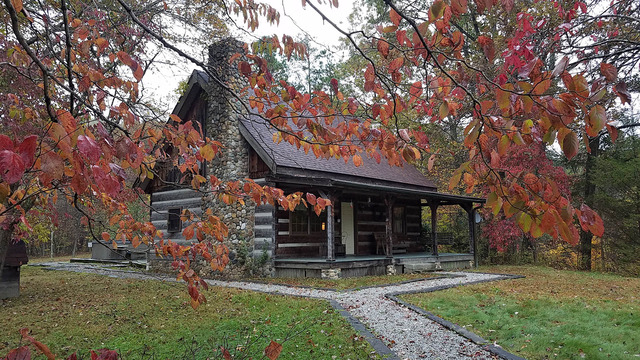A W MARION STATE PARK
A W MARION STATE PARK7317 Warner-Huffer Rd
Circleville, Ohio 43113
(lat:39.6288 lon:-82.8882)

Phone: 740-467-2690
Reservations: 866-644-6727
Email:

The rolling woodlands and quiet waters of A.W. Marion State Park offer visitors a welcome escape from the rigors of everyday life. This small but unique park offers a variety of recreational activities while maintaining a quiet atmosphere of natural serenity.
Park Map (pdf)A. W. Marion State Park, located in Pickaway County, can attribute its natural wonders to glaciation that occurred more than 12,000 years ago. As glaciers advanced over more than two-thirds of Ohio, vast amounts of rock and soil (or till) were deposited over the landscape. This till had a direct effect on the natural vegetation that occurs at A. W. Marion. The surface of the park is fairly level and the soil very fertile. The area is diverse with woodlands, plains and prairie. Ohio's prairies, products of an ancient dry climate, are really small versions of the more extensive grasslands in the western United States. This eastern portion extends into Ohio and is part of the prairie-forest border or tension zone. Within this zone, the grasslands increased in size during droughts, only to be reinvaded by forests during wet periods. Before settlement began, scrub oak barrens, dense thickets formed by this shrub, were common in the region but have since been cleared for raising crops. The nearby floodplains of the Scioto River are adorned with a variety of wildflowers. Wildlife indigenous to the area includes fox squirrel, ring-necked pheasant, a variety of songbirds, red fox and white-tailed deer.
Long before A.W. Marion became a state park, this area had developed an amazing history. Due largely to the fertile soils of the Pickaway Plains, which are said to contain the richest land in Ohio, early inhabitants were attracted here. The Adena culture were among the first to settle the area 2,000 years ago. An ancient circular earthworks on the site of what is now the city of Circleville (hence the name) gave evidence to their presence. In more recent times the villages of Chief Cornstalk of the Shawnee nation were located on these plains. These same villages were the object of attention of Lord Dunmore, Governor of Virginia, who in 1774 marched his army within striking distance of the Indians. His intention was to destroy the villages and end the uprising that had resulted in the Battle of Point Pleasant days earlier. At the request of the Indians, a peace settlement was agreed upon before any more fighting occurred.
In 1948, construction began on the dam for Hargus Creek Lake. By 1950, the area became part of the newly created Division of Parks and Recreation. In 1962, the park was renamed the A.W. Marion State Park in honor of the first director of the Department of Natural Resources, a Pickaway County native.



